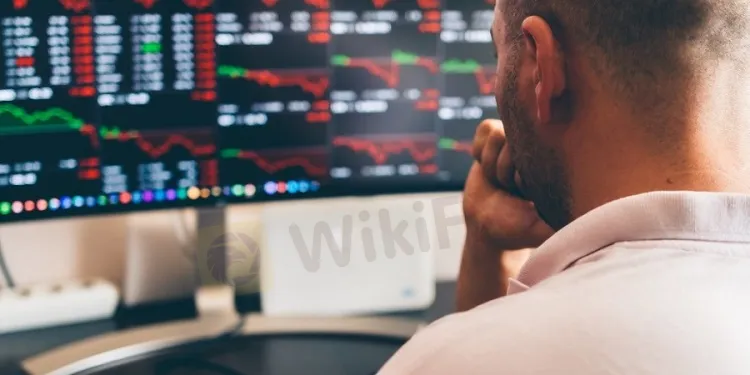简体中文
繁體中文
English
Pусский
日本語
ภาษาไทย
Tiếng Việt
Bahasa Indonesia
Español
हिन्दी
Filippiiniläinen
Français
Deutsch
Português
Türkçe
한국어
العربية
How to face the storm and make money in the bear market
Abstract:The 500 richest people in the world lost $1.4 trillion from their exposure to the financial markets in the first half of 2022, a record loss due to ongoing geopolitical unrest, high inflation, and recent recession fears.
The 500 richest people in the world lost $1.4 trillion from their exposure to the financial markets in the first half of 2022, a record loss due to ongoing geopolitical unrest, high inflation, and recent recession fears.

By default, bear market happenings are normal scenarios. That doesnt make foreseeing them, forecasting their duration, or gauging the severity of the downturn any easier. Nonetheless, you can take a few wise measures to reduce your bear-market losses while also increasing long-term investment profits.
Even though they are a normal part of the investing process, talking about bear markets and recessions is taboo, as if acknowledging them makes them more likely to happen. Our research indicates that this taboo serves no useful purpose. You‘ll discover that bear markets aren’t as dangerous as they initially appear by paying close attention to them.
Keep your composure
When the first signs of a bear market appear, you could start to worry about your investments and your future finances. When assets start to depreciate its vital that you maintain your composure.
Many investors make the error of selling their holdings when the market begins to decline. Financial markets are often parabolic. However, doing so would result in a loss and prevent you from profiting when the market begins to rise once more.
Even the most patient investors may be forced to sell at bear market levels if they are living off of their assets. Panic is the greatest risk that investors confront during a bear market.
In addition to locking in otherwise-temporary losses, an investor who sells a portion of their invested portfolio during a market downturn also prevents their assets from fully benefiting from the market rebound and any future profits. An untimely bear market may compel unprepared investors to drastically reduce their investment portfolios.
For retirees without a well-funded liquidity strategy—cash and short-term bonds to maintain their lifestyle—this dynamic is a particularly severe threat.
Utilize purchasing opportunities
A bear market should not elicit an emotional response from you. However, there is nothing wrong with making a few smart movements to benefit from market circumstances.
You can purchase stocks at a discount that are almost certain to soar back up once market circumstances recover because so many big corporations suffer during a bear market.
Although these investments can be quite profitable, you should still proceed with caution when purchasing during a bear market. You should never invest more money than you are willing to lose in the market as a general rule for all of your investment ventures.
Bear markets cannot be cured, and this must be understood. Almost all investors will go through at least a few difficult bear markets, both during their working years and in retirement. However, there is a difference between discomfort and harm, and according to our study, investors dont necessarily need to spend a lot of money to protect themselves from bad markets.
Diversify and increase your cash position
Growth equities and the crypto market suffer worse during bear markets than value ones do. By happy accident, despite the lower risk, lower-risk stocks have produced long-term returns comparable to those of riskier ones.
That implies any diversification into value stocks, even if it is overdue and occurs during a down market, can pay dividends both literally and figuratively long after the bear market is gone for portfolios heavily weighted toward speculative stocks.
A diverse portfolio includes cash in some form. Even though it doesnt produce much, it nevertheless serves as a reserve of purchasing power that may be quickly mobilized should opportunities arise during a weak market.
Bottom line
Although they shouldnt cause you to worry, the bearish season is a wonderful opportunity to check that your portfolio is adequately diversified and de-risked. Be aware of the amount at stake and the amount of time you have to make up for any losses.
Disclaimer:
The views in this article only represent the author's personal views, and do not constitute investment advice on this platform. This platform does not guarantee the accuracy, completeness and timeliness of the information in the article, and will not be liable for any loss caused by the use of or reliance on the information in the article.
WikiFX Broker
Latest News
Geopolitical Events: What They Are & Their Impact?
Top 10 Trading Indicators Every Forex Trader Should Know
Why Do You Feel Scared During Trade Execution?
Currency Calculator


